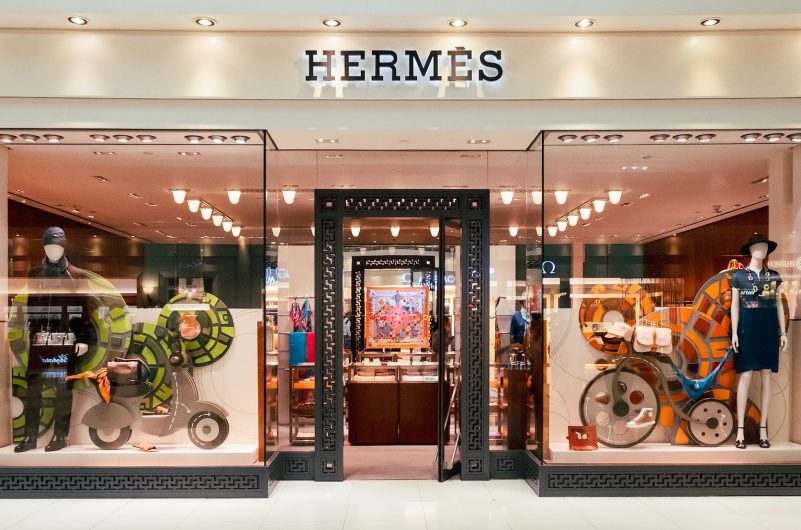Luxury is a language in itself — one built on heritage, emotion, craftsmanship, and exclusivity. For French houses like Chanel, Dior, and Hermès, that language is deeply tied to their cultural identity and history. But when these brands communicate with the global market, their message must resonate just as powerfully in English as it does in French. This is where localization becomes a sophisticated art. Translating luxury isn’t about swapping words; it’s about preserving elegance, tone, and brand philosophy in a different linguistic universe.
Every phrase, whether in a campaign, product description, runway note, or brand manifesto, must uphold the same sense of refinement. Yet French and English often express luxury differently: French leans poetic and layered, while English favors clarity and emotional immediacy. Luxury translators must bridge this stylistic divide without losing the signature French flair consumers expect.
In this article, we examine how three iconic French maisons — Chanel, Dior, and Hermès — master English localization. From tone curation to cultural adaptation and narrative consistency, these houses reveal powerful lessons for brands aiming to communicate globally without losing their soul.
- Lesson One:MaintainBrand Voice Across Languages
Each luxury house has a voice shaped over decades. Chanel is minimal and elegant, Dior is romantic and artistic, and Hermès is poetic and understated. Translators must internalize these voices so deeply that their English versions sound inherently “on-brand.” Instead of literal translation, they focus on rhythm, vocabulary, and emotional tone that reflect each maison’s personality. This consistency reassures global audiences that the brand they love remains unmistakably itself, regardless of language.
- Lesson Two: Adapt,Don’tDilute Cultural References
French luxury brands often reference French artisanship, history, and cultural symbols. These elements enrich storytelling but may confuse global audiences if left unexplained. Chanel might reference Rue Cambon, Dior may evoke French couture ateliers, and Hermès often highlights equestrian heritage. Translators adapt messaging by retaining crucial cultural anchors while adding subtle clarifications. This method preserves authenticity while ensuring English-speaking customers feel included rather than alienated.
- Lesson Three: Translate Sensory Language with Precision
Luxury branding relies heavily on sensory description — the feel of silk, the scent of a perfume, the sheen of leather. French sensory language tends to be poetic and atmospheric, whereas English favors crispness and immediacy. Translators must strike a balance, crafting descriptions that evoke the same emotions without sounding overly flowery. By blending sensory precision with subtle elegance, they replicate the luxurious atmosphere French brands are known for while appealing to English sensibilities.
- Lesson Four: Preserve Emotional Storytelling
Storytelling is at the heart of French luxury. Campaigns often revolve around emotions such as nostalgia, elegance, femininity, or adventure. Translators focus on keeping narrative arcs intact, ensuring English versions evoke the same emotional journey. Dior often uses dreamy, romantic language; Chanel emphasizes confidence and timeless style; Hermès highlights craftsmanship and imagination. Effective localization protects these emotional signatures, making sure the translated stories resonate with the same depth and allure.
- Lesson Five: Handle Product Naming with Care
Many French luxury product names remain untranslated — like Hermès’ “Kelly” bag or Chanel’s “Rouge Allure.” However, descriptive names, especially for cosmetics or fragrances, often require thoughtful adaptation. Translators must choose English names that sound luxurious while respecting original intent. They avoid literal translations that sound awkward or overly technical. Instead, they craft names that evoke emotion, elegance, and aspiration, ensuring products maintain a premium appeal even when renamed.
- How Chanel Approaches English Localization
Chanel favors simplicity, neutrality, and timeless sophistication. Their English translations reflect this by using refined yet accessible language. Sentences are concise, with a smooth rhythm that mirrors Gabrielle Chanel’s minimalist philosophy. Chanel also avoids excessive adjectives, letting craftsmanship speak for itself. Whether launching a perfume or describing haute couture, their localized content maintains an air of effortless chic — the hallmark of Chanel’s identity.
- How Dior Balances Poetry and Clarity
Dior’s brand writing is lush and romantic, drawing upon imagery of flowers, femininity, and artistic expression. Translators must preserve this poetic quality without sounding overly dramatic in English. They soften complex metaphors, refine flowery phrasing, and maintain elegance while ensuring clarity. Dior’s English voice becomes polished and emotional, mirroring the dreamy world the brand creates while fitting naturally within modern English communication.
- How Hermès Protects Its Artistic Minimalism
Hermès communicates through subtlety, craftsmanship, and whimsy. Their messaging rarely shouts; it whispers through imagery and refined language. Translators must maintain this gentle tone by choosing words that are elegant yet grounded. English versions stay minimalistic, focusing on artistry rather than flamboyance. Hermès’ localization often uses metaphor and storytelling, but with careful restraint, ensuring every sentence feels curated like one of their handcrafted pieces.
- Handling Cultural Nuances in Luxury Marketing
Luxury audiences expect sophistication but not confusion. Translators examine whether French idioms, historical references, or cultural metaphors make sense in English. Instead of simplifying them entirely, they weave cultural cues into the narrative while ensuring comprehension. This allows English-speaking audiences to experience the brand’s heritage without feeling excluded. When executed well, cultural nuance becomes a bridge rather than a barrier.
- Visual Language and Text Must Align
Luxury content is not just words — it’s paired with cinematography, photography, and design aesthetics. Translators ensure English text complements the visual tone. Chanel’s black-and-white elegance, Dior’s soft pastels, and Hermès’ vibrant orange influence how localized words are chosen. The translation must feel visually “compatible” with the brand’s imagery, maintaining an integrated luxury experience.
- Why Luxury Localization Requires Restraint
English readers can detect over-the-top writing quickly, and luxury brands risk sounding insincere if translations become too embellished. Translators practice restraint, trimming excessive flourishes while preserving emotion. This creates a controlled elegance that feels aspirational rather than exaggerated. The result is English messaging that maintains the mystique of French luxury without drifting into melodrama.
- Consistency Across Global Markets
Localization extends beyond one campaign — it must remain consistent across websites, product lines, packaging, and advertising. Luxury brands maintain strict linguistic guidelines that translators must follow. This consistency ensures customers worldwide, whether in Paris, New York, or Singapore, experience the same brand story and tone. English localization becomes part of the brand’s identity rather than a simple language adjustment.
Conclusion
French luxury brands excel at English localization because they understand that translation is not mechanical — it is emotional, cultural, and artistic. Chanel, Dior, and Hermès exemplify how to communicate across linguistic borders without losing identity. Their French to English translations maintain core elements of luxury: elegance, authenticity, and timeless storytelling. By preserving tone, adapting cultural references, and curating language carefully, they ensure global audiences experience the same refined world their French customers know intimately.
These maisons also demonstrate the importance of respecting the original narrative while shaping it for diverse readers. Translators are not just language technicians; they are brand guardians, responsible for transmitting craftsmanship, heritage, and emotion across languages. Their choices influence how audiences perceive the brand’s value and personality.
Ultimately, successful luxury localization lies in balance — staying true to French artistry while embracing English clarity. When done well, the message becomes universal without losing its soul. For marketers, copywriters, or translators inspired by these examples, the lesson is clear: global communication should elevate, not dilute, a brand’s essence. French luxury houses remind us that language is part of the luxury experience — and perfecting it is an art in its own right.
FAQs
- Why can’t luxury translations be literal?
Literal translations lose nuance andfail to reflect the emotional depth luxury brands rely on. - Do French brands keep many phrases untranslated?
Yes — certain French terms preserve authenticity and signal heritage, so brands keep them intact. - How do translatorsmaintaineach brand’s voice?
Through strict tone guidelines, deep brand familiarity, and continuous collaboration with creative teams. - Why is sensory language important in luxury marketing?
It evokes texture, emotion, and atmosphere, helping customers imagine the product experience. - What makes Hermès’ English tone unique?
Its minimalism, poetic subtlety, and focus on craftsmanship set it apart from more expressive brands.


